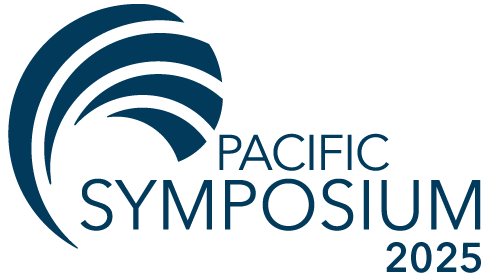
As consumer demand for herbal medicine grows, practitioners and manufacturers alike are navigating the balance between honoring centuries-old traditions, meeting rigorous modern standards, and embracing new innovations. To better understand these dynamics, we asked members of the Acupuncture Herbal Vendor Coalition (AHVC) to share their perspectives. Their insights reveal a field that is deeply committed to integrity, sustainability, and patient-centered care.
Upholding Quality and Safety
Every company emphasized that quality assurance is the foundation of herbal medicine today. U.S. manufacturers operate under the FDA’s Current Good Manufacturing Practices (CGMP) outlined in 21 CFR 111, with additional oversight from the FTC and state agencies. To meet these standards, leading herbal companies invest in identity testing, batch-level Certificates of Analysis (COAs), and ISO-accredited third-party labs.
Purity, Potency, and Responsible Sourcing
Ensuring purity begins long before a formula reaches the shelf. Respondents noted that reputable companies vet their suppliers, test raw materials for contaminants, and use sustainable harvesting practices. Some manufacturers and suppliers even visit the farms where the herbs are grown, to see the quality practices first hand.
One respondent highlighted: “Purity is confirmed by testing for contaminants such as heavy metals, pesticides, and microbes. Potency is measured by checking levels of active markers or chemical fingerprints that match pharmacopeial or validated standards.” Another emphasized: “We responsibly source by working with trusted suppliers, verifying the identity and quality of raw herbs, and prioritizing sustainable and ethical practices to help ensure safety and consistency in the final products.”
Practitioners play a vital role here, too. By choosing brands that are transparent about sourcing and testing, acupuncturists and herbalists send a powerful signal to the industry that sustainability and accountability matter.
Tradition Meets Modern Science
Despite today’s regulatory and technological frameworks, the roots of herbal medicine remain grounded in traditional knowledge. Companies described how they integrate classical uses of herbs with modern techniques like chemical fingerprinting, microscopic and macroscopic checks, chromatography, and in some cases clinical studies to improve identity, purity, safety, and efficacy.
As one herbal vendor put it, “This blend of tradition and evidence helps ensure authenticity, consistency, and safety.”
Combining old and new reflects a deeper truth: herbal medicine is living knowledge, passed down and adapted through generations, now refined with science without losing its cultural wisdom.
Educating Patients and Addressing Misconceptions
One common challenge highlighted was the persistent misconception that “natural always means safe.”
As one respondent cautioned, “not always; dose and quality matter.”
Practitioners have a responsibility to communicate both the benefits and risks of herbal medicine clearly, empowering patients with accurate information and helping to elevate the credibility of the field. Being transparent, sharing available modern research and data through clear, balanced language is important.
Collaboration and Community
The AHVC itself represents a growing recognition that collaboration strengthens the field. It truly says something that companies who compete with one another every day also care enough about this medicine to come together and align their efforts for the benefit of the overall community. Respondents also noted that regular networking and knowledge-sharing opportunities within the AHVC help vendors and practitioners work toward higher standards and a unified voice.
As one participant shared, “The AHVC serves as a one-stop resource for support, accessibility, education, connection, and advocacy—helping to build a stronger and more empowered industry.”
By working together, acupuncturists and herbal companies can ensure that herbal medicine continues to serve patients with the highest integrity — honoring tradition while adapting to modern expectations.
Looking Ahead
When asked about the future of herbal medicine, respondents pointed to several converging trends:
- Increasing consumer demand for transparency and sustainability
- The integration of technology and advanced testing into manufacturing
- A push for stronger regulatory enforcement to protect patients and practitioners
- The need for a unified message that supports the credibility of herbal medicine in the U.S.
As one vendor concluded, “The absence of a cohesive message/unified voice has been a roadblock to how the industry addresses current and future news. The AHVC can be the singular voice of the East Asian medicine vendor community and act/react in a timely manner.”The herbal medicine community is entering a new era — one where quality, sustainability, and innovation are inseparable from tradition and patient care. Through collaboration and commitment, practitioners and manufacturers are shaping a future where herbal medicine continues to thrive as a trusted and respected part of modern healthcare.